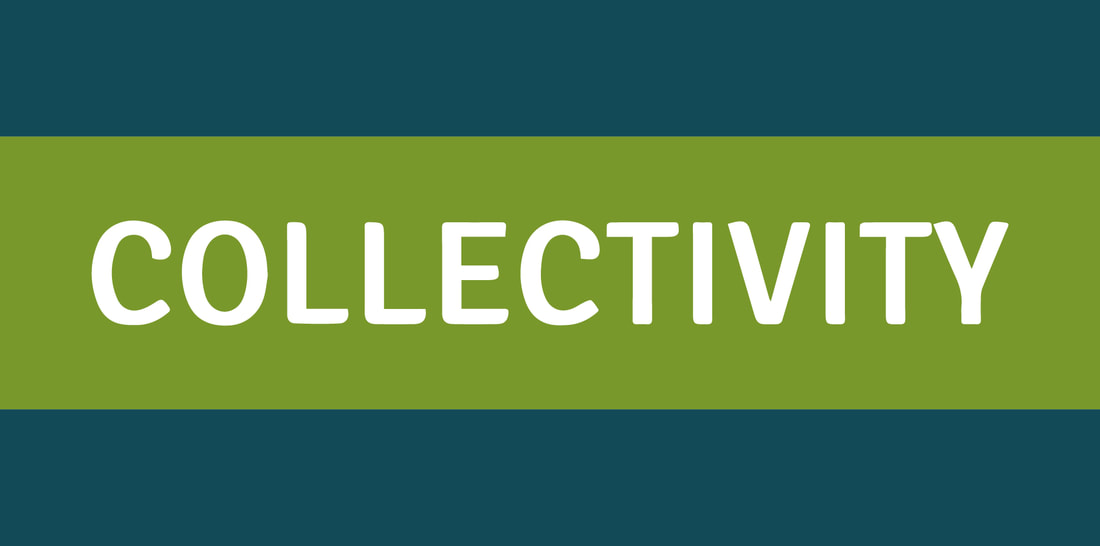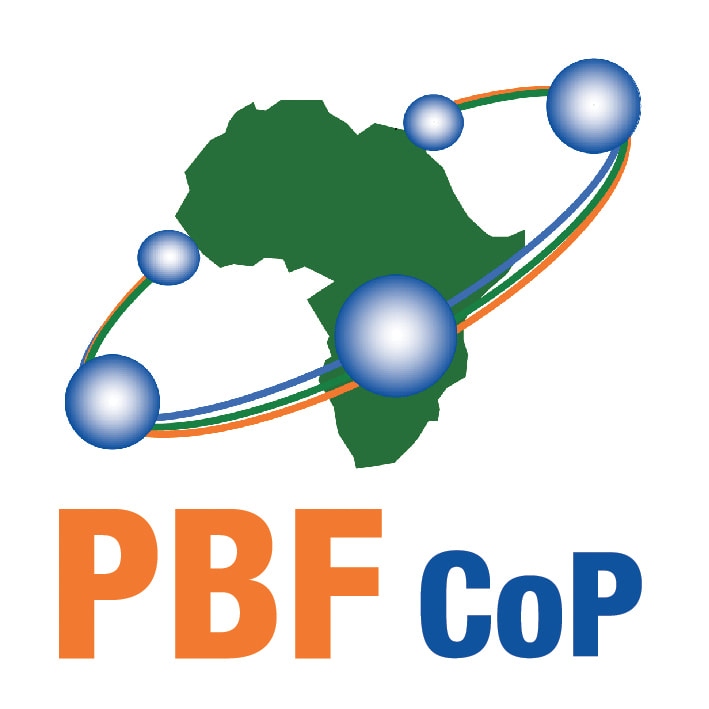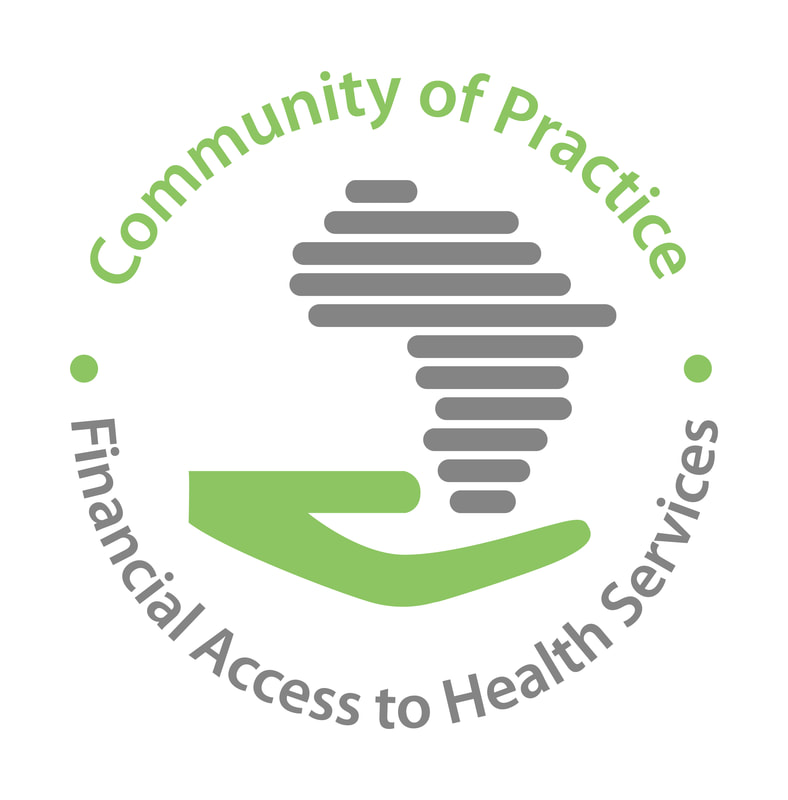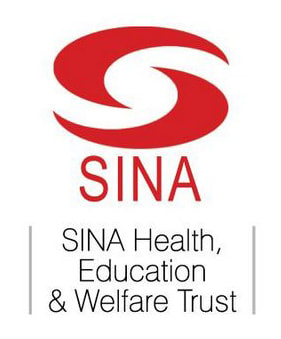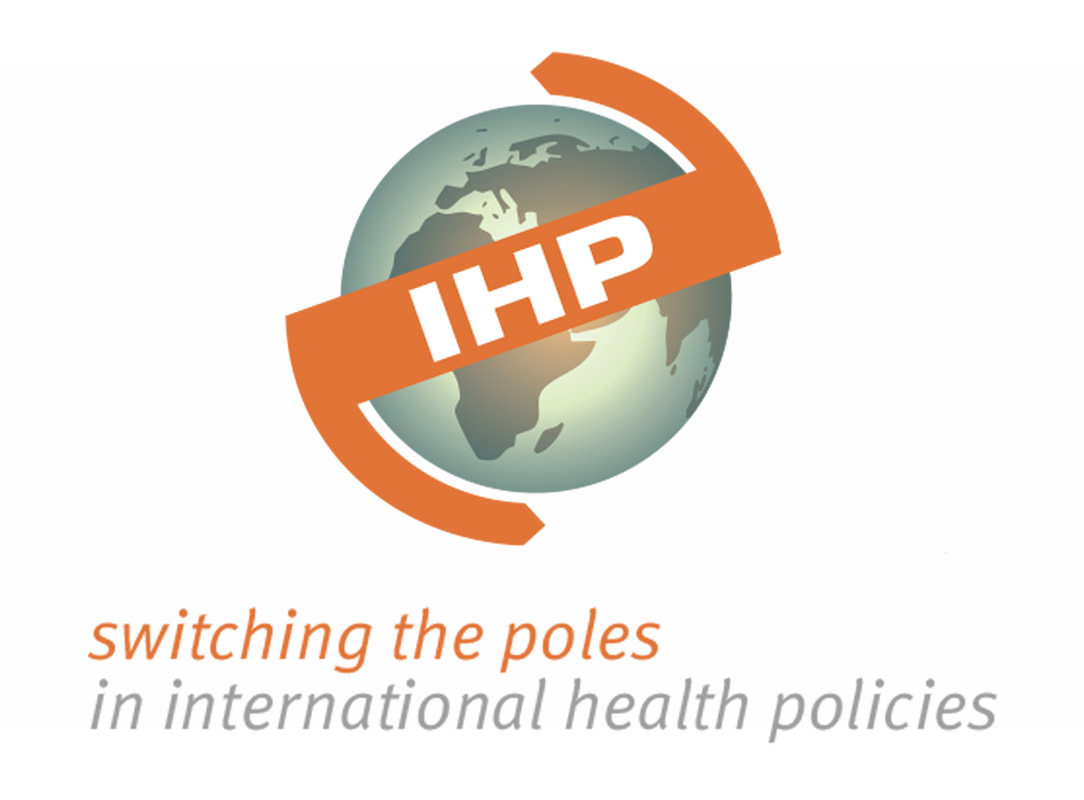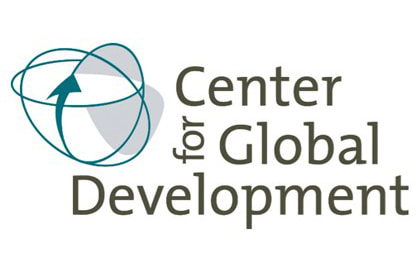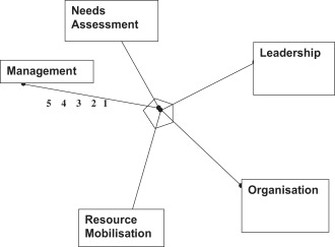
Susan Rifkin (London School of Economics and London School of Hygiene & Tropical Medicine) has accepted to be the first interviewee of our series. Professor Rifkin is one of the most knowledgeable researchers on community participation in health, a topic she started to study more than forty years ago. She has extensive field experience with international and non-governmental organisations in Asia and Africa and has taught at various universities across the globe. With her unique perspective and experience, she tells us about the past and future of community participation and community participation research. Community participation, she argues, cannot be limited to an intervention; the next big challenge of research will be to understand the processes that tie community participation and health outcomes.
Jean-Benoît Falisse: You have been working on community participation in health for quite a few years now. What sparked off your interest in the topic? How did you start?
Susan Rifkin: When I finished my masters in Chinese Studies at Columbia University, I went to Washington DC to work at the National Academy of Sciences, as Secretary to a committee whose objective was to open communication with the People's Republic of China. At the time (1968), the Chinese were not talking to anyone; it was the Cultural Revolution. However, the Americans were “impressed” with the Chinese work in public health. It was not an area of contention and I put together information and created a newsletter about was going on in public health in China. The main thing that got my interest was the involvement of local communities. I got very interested in how people at the local level, especially in the rural areas, were able to get involved and take decisions that affected their daily lives. So it was the Chinese experience, and especially looking at the barefoot doctors, that sparked of my interest.
The Bamako Initiative comes in 1987. Is the date important? What is the public health / health policy context at that moment? Apart from spreading ideas of community participation to the whole African continent, was the Bamako Initiative bringing something new or different from previous projects and policies?
I am not sure the date was so critical. In my mind what was critical about the Bamako initiative was the direction Primary Health Care took. As you know, UNICEF and WHO sponsored a conference in Alma Ata and had supported Primary Health Care since 1978. Yet, PHC was spearheaded by WHO in the first years and WHO only could work with Ministries of Health at the local level, which means PHC became very much a health service-, medical-oriented movement. With Bamako and UNICEF, PHC moved into a more community development movement; because UNICEF could work with other ministries and partners and did so (with community development, water and sanitation education, etc.). With Bamako, participation became wider and began to focus on what local people could do in terms of not only getting medical care but also broader income generating activities. I think the importance of Bamako is that it widened what was the inspiration, the vision of primary health care not just as health care but the broader view of social determinants of health and a wider world for communities which, for the most part, were never focused on health unless they were sick.
What is your opinion about the evolution of strategies of community participation in health in the last 25 years? What has changed? Are newer concepts/strategies of community 'accountability' or community 'governance' really different from older ideas of community 'participation'?
I think what has changed is the recognition that community participation is more than community health workers. The ideas and concepts of accountability and governance are critical and this has been driven a lot by the whole movement of health and human rights. What is has come out of that is a lot of civil society involvement, particularly through organisations such as the people's health movement (PHM), which I was involved in as the first coordinator of the Asian Community Health Action Network the forerunner of the PHM. I think putting health and human rights on the agenda has broadened the whole view of what community participation is and what its challenges are. It has made people more focused on what are the wider implications of community participation outside the health service framework.
Do you think the debate about community participation as a 'means' vs. an 'end' is still relevant?
No, I think this is irrelevant now. We have moved out of these mutually exclusive views of community participation. The UK medical research council now talks about “complex interventions” and, as most organisations in the health community, acknowledge that there is not just a single way of looking at participation. The whole question of means and ends has been bypassed by experiences and by more research and conceptual thinking.
What do you think is the future of community participation in health? Could you think about very promising past or present experiences?
I think there is a growing recognition by policy makers that community participation is critical and necessary but not sufficient for improvement of the health of the populations.
The Chinese doctors’ experience showed that we could radically reduce communicable diseases. That was confirmed by my work at the National Academy. Today we see that same example of community involvement focused on prevention in the Obamacare in the United States. For the first time in the Unites States, government is funding community health groups in terms of hoping to promote prevention and getting them involved in their own healthcare. As communities become aware of their rights and their obligations, they become in a much better position to negotiate policy and the provision of services with policy-makers. I also think that, as we see health care cost rise, policy-makers see that the involvement of people taking care of their own health as communities and as individuals reduces the burden on health services. For example, the reduction of obesity and cardio-vascular diseases demands a personal commitment. So I think community participation and community support has become crucial.
I just came from Australia where I have been two weeks at various institutions and conferences; one was with the International Rural Network which was quite interesting. I learned about the Aboriginal community councils’ experience. There are now several Aboriginal community councils that are providing health-care for their own people, not even with government supervision. Drawing from the experiences of those communities to not only increase ownership but also make health care messages relevant in their context is important. Another example is of course India and the rural health mission which is committed to involving local communities in their ASHA (Accredited Social Health Activist) programme, which is their community health worker programme. The village water and sanitation committee oversees the ASHA and health and takes responsibilities for how health services progress. I think these are all advances in community health and community participation.
You have been working on the evaluation of community participation for a substantial part of your career. In a recent article, you present a revision of your 1988 seminal framework and its 5-dimensions “spidergramme”. What are the main changes and what has changed in the evaluation of community participation since 1988?
When we started out with the spidergramme, we looked at a continuum of these five factors which saw participation wide at one end and narrow at the other. The five factors were tied together in the visualisation of the organisation of a participation programme. What we have learned since 1988 is that “narrow” and “wide” were very vague. Lots of work has been done and in the 2010 article we looked at how communities are involved, particularly along the lines of empowerment. We talk about empowerment as providing opportunities for people without power to gain skills, knowledge and confidence to make decisions about their own lives.
This has been critical in terms of the dialogue on community participation in health. By this definition, empowerment can never be given, it always is taken. Many programmes, health programmes in particular, see as one of their objective as to “empower” communities and I think this is a misunderstanding of the concept. By revising the spidergramme to look more at mobilisation at one end and empowerment at the other, we had a vision of whether participation is being controlled by those who are the policy-makers and managers and have decided what people should do and get or people make choices for themselves. This is the example of the community health council of the Aboriginal Australians where people decide what they want and take ownership of the programme. This is the new vision that is encapsulated in the 2010 article.
Recently, more quantitative approaches have been used to assess the impact of community participation (for instance, Björkman & Svensson 2009). What do you think about them? Are they compatible with the qualitative/mixed-methods usually used in research on community participation?
I think the Björkman and Svensson’s is important. In a sense, I am pleased with that article because they do investigate the notion of process. At this moment most research views community participation as an intervention and therefore uses a natural scientific paradigm to look at it linearly as a causal effect. This approach is inductive and very narrow; direct causes have effects. This is the framework of this article. I am currently conducting a systematic literature review of community participation in health and most of the articles I find continue to look at community participation as an intervention. They are seeking the Holy Grail, which is the link between participation and improved health status. What we are finding is that most research is trying to duplicate the dominant paradigm in the medical field, the random case control trials (RCT). It takes this as the gold standard but the link between participation and better health has so far proven delusive. This approach does not give adequate attention to process often relegating it to a “confounding variable” in the framework of RCT.
What we need to look more at is process. Björkman and Svensson do that but their investigation of the process, to their own admission, is inadequate. What they say is community monitoring leads to better health outcomes. They say the reason is because the community holds the health service provider responsible but it is not clear how they do that. Why would the health service provider respond to the group of community people? Are the people paying them? What is the incentive? It surely is not because of altruism (I know the context a bit as I worked in Uganda and lived and worked in Kenya). There are still these black boxes that do not help make things very clear.
The other question about the research in this area is how we address issues around power and control, key to community ownership of health programmes. Björkman and Svensson, for instance, do not take account of empowerment. Where do empowerment and community understanding and contribution come in the whole equation of the research? Trickett (2011) who is a social psychologist in the United States and looks into community participation assessment, says that looking at community participation using this intervention framework relegates local knowledge and influence to science devised by others. I am working with a group of people on an alternative framework to understand this better and encompass the idea of process. The real challenge is how to turn this into a valid and accepted analytical framework to understand the potential and challenges of community participation in improving health outcomes.
Can we really compare experiences of community participation in health? What can we learn from different cases?
I think we just need to get out of that framework that is linear and causal. What we can do is to generalise domains that are important for participation. If I look at case studies and systematic reviews, I can identify at least three generalizable domains which shape the relationship between community participation and health. These are leadership, management, and resources allocation and mobilisation. There are others, and we are looking at them in the systemic review we are trying to do. If you have generalised domains you can look at how these domains define outcomes in specific situations. With such a framework for analysis you can have a more valid view about the process of community development and a better ground for defining expectations.
